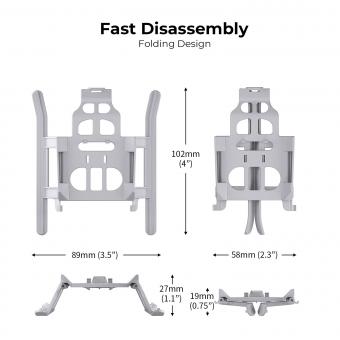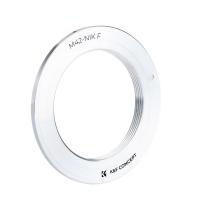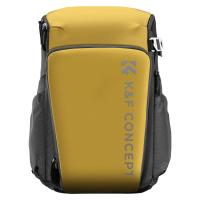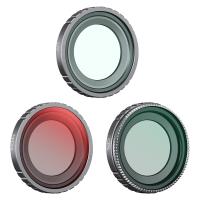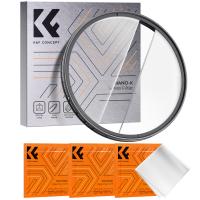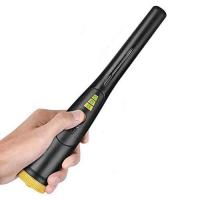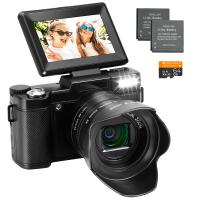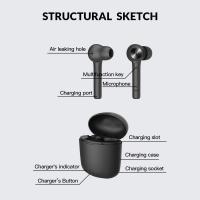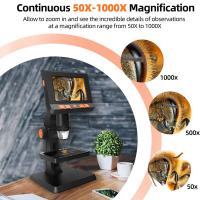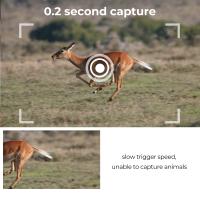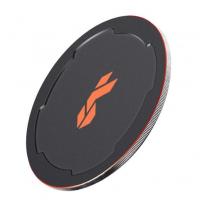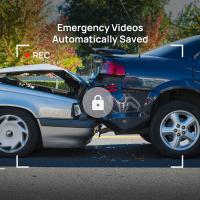How To Convert Film Camera To Digital ?
Converting a film camera to digital involves replacing the film with a digital image sensor. This process requires technical expertise and is not recommended for beginners. It typically involves disassembling the camera, removing the film mechanism, and installing a digital sensor in its place. Additionally, modifications may be needed to ensure compatibility between the sensor and the camera's lens mount. It is important to note that this process may void the camera's warranty and can be irreversible. Alternatively, one can consider purchasing a digital camera that meets their requirements, as there are numerous options available in the market today.
1、 Film Camera Basics: Understanding the components and functionality.
Film Camera Basics: Understanding the components and functionality
Film cameras have been a popular choice among photography enthusiasts for many years. They offer a unique experience and a sense of nostalgia that digital cameras often can't replicate. However, with the rise of digital photography, many photographers are looking for ways to convert their film cameras to digital. While it is not possible to completely convert a film camera into a digital one, there are some options available to enhance the functionality and convenience of shooting with film.
One option is to use a film scanner. Film scanners allow you to digitize your film negatives or slides by scanning them and converting them into digital files. This allows you to easily view, edit, and share your film photographs on digital platforms. There are various film scanners available in the market, ranging from affordable handheld scanners to high-end professional scanners.
Another option is to use a digital camera with a film camera lens adapter. This allows you to attach your film camera lenses to a digital camera body, giving you the ability to shoot digitally while still using your favorite film camera lenses. This option provides the convenience of digital photography while maintaining the unique characteristics and aesthetics of film lenses.
It is important to note that converting a film camera to digital does not necessarily mean you will achieve the same image quality as a dedicated digital camera. Film cameras have their own distinct look and feel, and digital conversion methods may not fully replicate that. However, these options can provide a bridge between the world of film and digital photography, allowing you to enjoy the benefits of both.
In conclusion, while it is not possible to convert a film camera into a digital one, there are options available to enhance the functionality and convenience of shooting with film. Film scanners and lens adapters for digital cameras can provide ways to digitize your film photographs or use your film camera lenses on a digital platform. These options allow photographers to bridge the gap between film and digital photography, offering the best of both worlds.

2、 Digital Sensor Technology: Exploring different types of digital sensors.
Converting a film camera to digital involves replacing the film with a digital sensor. This process requires technical expertise and is not recommended for beginners. However, with the advancements in digital sensor technology, it is now possible to explore different types of digital sensors that can be used for this conversion.
One option is to use a CCD (Charge-Coupled Device) sensor. CCD sensors have been widely used in digital cameras for many years and offer excellent image quality. They convert light into electrical signals, which are then processed to create a digital image. CCD sensors are known for their high sensitivity and low noise levels, making them suitable for capturing detailed and high-quality images.
Another option is to use a CMOS (Complementary Metal-Oxide-Semiconductor) sensor. CMOS sensors have gained popularity in recent years due to their lower power consumption and faster readout speeds. They work by converting light into electrical signals using an array of photodiodes. CMOS sensors also offer the advantage of on-chip processing, allowing for features like autofocus and image stabilization.
The latest point of view in digital sensor technology is the development of back-illuminated sensors. These sensors have a modified structure that allows more light to reach the photodiodes, resulting in improved low-light performance and reduced noise levels. Back-illuminated sensors are particularly beneficial for converting film cameras to digital, as they can help replicate the dynamic range and image quality of traditional film.
In conclusion, converting a film camera to digital involves replacing the film with a digital sensor. The choice of digital sensor technology, such as CCD, CMOS, or back-illuminated sensors, depends on factors like image quality, power consumption, and low-light performance. It is important to consult with professionals or experienced technicians to ensure a successful conversion.

3、 Lens Adaptation: Adapting film camera lenses for digital use.
Lens Adaptation: Adapting film camera lenses for digital use.
Converting a film camera to digital is not a straightforward process, as it involves complex modifications and technical expertise. However, one aspect of the film camera that can be adapted for digital use is the lens. Lens adaptation allows photographers to use their beloved film camera lenses on digital cameras, providing a cost-effective solution for those who want to transition to digital photography without investing in new lenses.
Lens adaptation involves attaching a lens mount adapter to the film camera lens, which allows it to be mounted onto a digital camera body. These adapters come in various types, depending on the specific lens and camera combination. Some adapters simply act as a physical connector, while others incorporate electronic components to enable autofocus and aperture control.
The process of lens adaptation requires careful consideration of compatibility between the lens and the digital camera. Factors such as the lens mount type, focal length, and image circle coverage need to be taken into account. It is essential to research and choose the right adapter for your specific lens and camera combination to ensure proper functionality and image quality.
It is worth noting that lens adaptation may come with certain limitations. While the lens may physically fit on the digital camera body, not all features and functionalities may be fully supported. Autofocus performance, aperture control, and image stabilization may be affected, depending on the adapter and camera combination. Additionally, the image quality may not be on par with using native lenses, as the lens was originally designed for film photography.
In recent years, lens adaptation has gained popularity due to the rise of mirrorless cameras. Mirrorless systems offer more flexibility in adapting lenses from different manufacturers, as they have shorter flange distances compared to DSLRs. This has opened up a wide range of lens adaptation possibilities, allowing photographers to explore and experiment with various lenses on their digital cameras.
In conclusion, lens adaptation provides a viable option for converting film camera lenses for digital use. It allows photographers to leverage their existing lens collection and transition to digital photography without the need for significant investment in new lenses. However, it is important to research and choose the right adapter for your specific lens and camera combination to ensure compatibility and functionality.
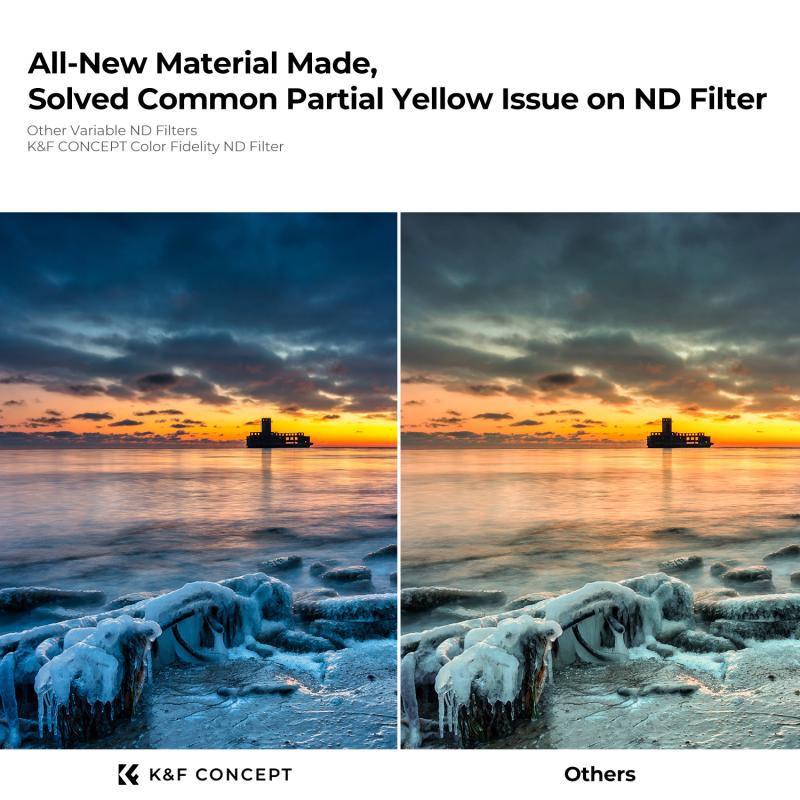
4、 Image Capture Techniques: Methods for capturing digital images with a film camera.
How to convert a film camera to digital is a common question among photography enthusiasts who want to embrace the convenience and flexibility of digital imaging while still utilizing their beloved film cameras. While it is not possible to physically convert a film camera into a digital one, there are various image capture techniques that can be employed to achieve digital images using a film camera.
One method is to use a film scanner, which allows you to scan your developed film negatives or slides and convert them into digital files. Film scanners come in different types and qualities, ranging from dedicated film scanners to flatbed scanners with film scanning capabilities. This technique preserves the unique characteristics of film photography while providing the convenience of digital files.
Another approach is to use a digital camera to photograph the images displayed on the film camera's viewfinder or LCD screen. This method requires careful alignment and focusing to ensure accurate reproduction of the original image. However, it may result in some loss of image quality and may not be suitable for capturing moving subjects.
Additionally, there are companies that offer professional film-to-digital conversion services. These services involve sending your film rolls or negatives to specialized labs, where they are digitized using high-quality scanners. This option ensures optimal image quality and is particularly useful for archiving or preserving valuable film photographs.
It is important to note that while these techniques allow for the digitization of film images, they do not transform the film camera itself into a digital camera. The film camera's mechanical components and film-based nature remain unchanged.
In conclusion, converting a film camera into a digital camera is not possible. However, there are several image capture techniques available to digitize film images, such as using film scanners, photographing the viewfinder, or utilizing professional film-to-digital conversion services. These methods provide a bridge between the analog and digital worlds, allowing photographers to enjoy the benefits of both mediums.








